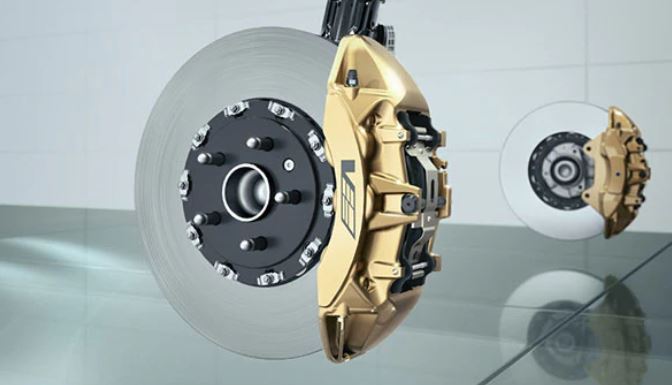While each component of your car plays a vital role in making it run efficiently, your car’s brakes are perhaps one of the most crucial. If your car’s brakes aren’t working correctly, it could place you, the passengers in your car, and other travelers in great danger. Prevent that by following these tips on how to take care of your brakes.
Watch for Warning Signs
Several signs that can be indicative of brake issues, including a wobbling sensation or a metallic squealing noise when you apply the brakes. While a vibrating steering wheel or squeaky brakes shouldn’t affect the efficiency of your brakes, it’s something you want to resolve sooner than later.
Check the Brake Fluid Level
The more you use the brakes, the more the brake pads wear down. Worn pads force the braking system to use more fluid to compensate for the additional distance of pushing down the caliper piston. Checking the brake fluid level is easy. First, locate your car’s brake fluid reservoir, often found under the hood near the front firewall. This reservoir will have a fluid level indicator that indicates the recommended minimum and maximum brake fluid level. Ideally, the level should sit between these two marks.
Check the Brake Fluid Color
The color of your car’s brake fluid is just as important as the amount in the reservoir. Fresh brake fluid should have a yellow or transparent color. Over time, this fluid may collect moisture and contaminants, which can cause braking performance to degrade. Dark brown fluid signifies that the brake system may need to be flushed and replaced with fresh brake fluid. Under normal driving conditions, your car’s brake fluid should last anywhere from two to five years before it needs to be replaced.
Don’t Slam On the Brakes
Besides causing the car to skid, slamming on the brakes can overheat brake pads and damage brake hoses. Your car’s brake pads wear down more quickly, and the rotors can warp when the brake pads overheat. Both can compromise your vehicle’s safety and stopping power. Signs of overheating brake pads can include an illuminated brake light, shaky steering wheel, and squeaky brakes.
When you push a vehicle’s brake pedal, fluid moves through the brake hoses, converting your push into energy to bring the vehicle to a stop. The pressure and heat generated when you slam on the brakes can cause cracks and tears in the hoses. This can result in leaking fluid that eats away at your car’s brake pads. If your vehicle’s brake pedal is pushed down to the floor or the dashboard brake light comes on when you press the brakes, the hoses may need to be replaced.
Maintain Your Brake System
Servicing your brakes is a performance-based service instead of a mileage-based type of maintenance, so timing varies from vehicle to vehicle. Maintaining your brake system depends on the level of wear and tear it endures. This depends on many things, including weather conditions and driving style.
If you’re noticing issues, schedule an appointment with Service Cadillac to have your brake system inspected by one of our expert technicians.
Image via cadillac.com

